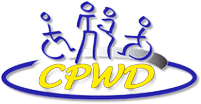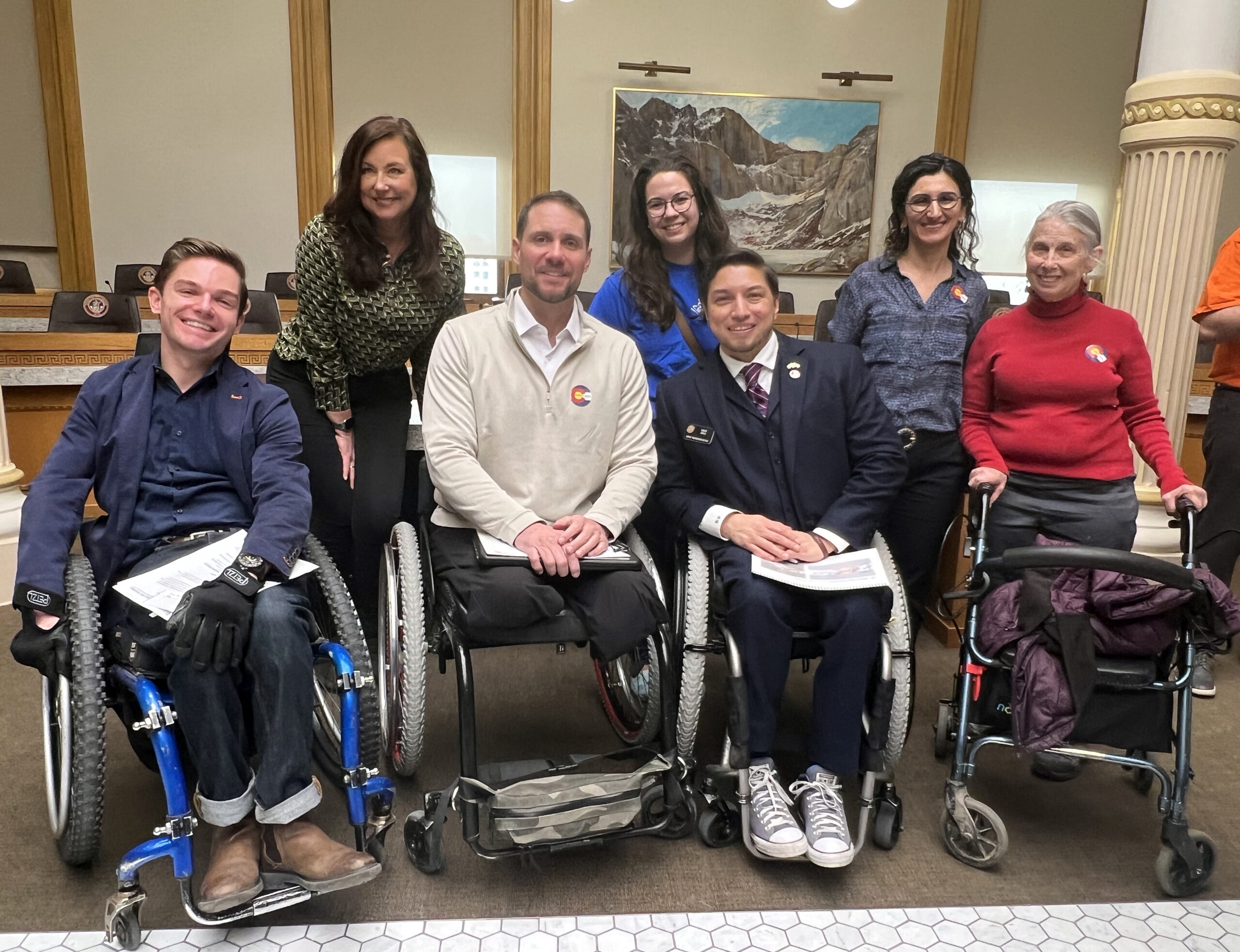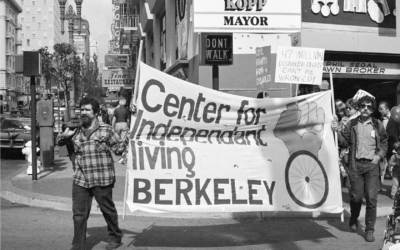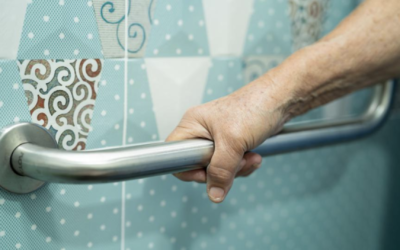Intersectionality is a relatively new term, coined in 1989 by American civil rights advocate and leading scholar of critical race theory, Kimberlé Williams Crenshaw. Intersectionality is the recognition of how marginalized groups of social classifications overlap into differing experiences of discrimination or disadvantage. The acknowledgment of intersectionality as a broader condition of inequality is becoming more relevant in modern times. By recognizing that inequality affects many types of people, we become stronger by joining together to work toward equality on a systemic level. In this recognition, we are able to work together to find solutions and uplift one another. This includes cooperation and collaboration among marginalized groups, lawmakers, society influencers, municipal leaders, schools, families, and individuals. The conversation about intersectionality is a guiding light toward a future with greater levels of equity and equality.
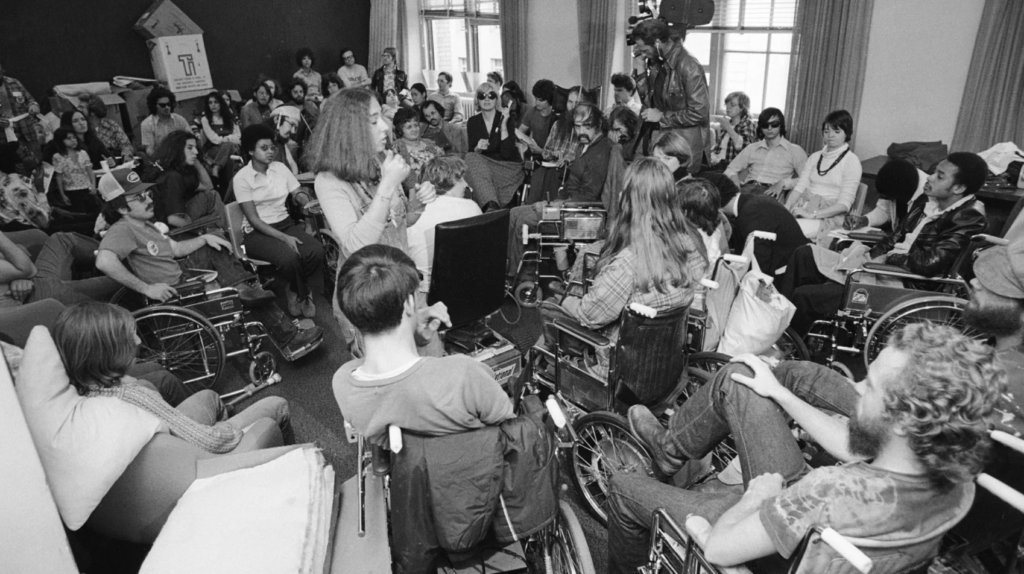
Demonstrators sit-in at the offices of the Health, Education, and Welfare department in San Francisco on April 9, 1977, advocating for civil rights rules for the disabled to be signed. Image description: In this black and white image, we see dozens of people sitting in a circle, about half of them in wheelchairs. In the center of the circle stands a woman talking into a microphone. Photo credit: Jim Palmer / AP
History has shown us that social progress and change never come in an easy, straight line. Earlier this year, we wrote about the intersectionality between the Civil Rights Movement and the Disability Rights Movement in the ‘60s and ‘70s. (You can read this article here) The 1977 sit-in protests to pass Section 504 of the Rehabilitation Act brought together the disability community and the Black Panther Party, with many people involved as members of both communities. It was at this time that people with disabilities and the Black community were fighting for basic human rights. The general sentiment at that time was to keep people with disabilities isolated from society in institutions. For the Black community, they were fighting to be recognized as equals in a society that openly supported segregation and discrimination. The passing of Section 504 was a significant step to change the social mindset toward a more equitable society. But it came with a fight.
That same year, a graduate student at CU Boulder named Judy Dixon teamed up with the County Commissioner, Homer Page, who was blind, to create a program to help people with disabilities get jobs. This was the birth of the Center for People with Disabilities. In the beginning, CPWD worked as a community effort to find housing, employment, and skills building for people with disabilities. As the Independent Living Movement grew, so did CPWD.
In 1982, the National Council on Independent Living was founded. This organization represented thousands of organizations, individuals, and Centers for Independent Living like CPWD. NCIL was founded to represent and embody the philosophy of the Independent Living Movement and create a more inclusive paradigm shift in society, emphasizing that people with disabilities are experts on their own needs. NCIL became a national voice of advocacy for disability rights. Over time, through fought-for changes, education about Independent Living, and the voice of advocacy, the quest for disability rights began to shift from us versus them to us equals everyone and the recognition that we all need to work together for equality and equity.
In 1990, the monumental Americans with Disabilities Act was passed. This was a Civil Rights Act that prohibits the discrimination of people with disabilities in all areas of public life. This ensured that people with disabilities would have the same public access rights as everyone else. This act passed following decades of activism and action and marked a massive shift in progress toward equality. On its heels, the US passed the Individuals with Disabilities Education Act which mandated the free use of public education in nonrestrictive environments and the use of individual education plans, opening the doors of education to people with IDD and Autism. We wrote about this in a previous article about IDD which you can read here.
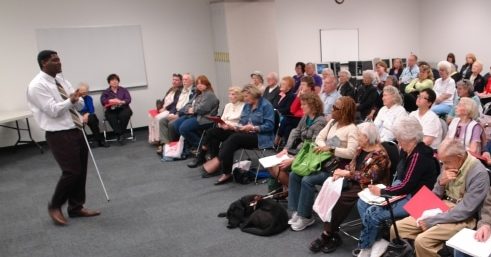
Image description: A man stands in front of a crowd for a cane training session. he carries a walking cane. In the crowd, there are a couple of service dogs, and people wearing dark glasses.
CPWD also grew during that time. In 1985, we launched the Independent Living Program, which educates and trains people with disabilities in the skills and resources needed to live independently. The Beyond Vision program launched, which offers specific services to people who are vision impaired or blind. Later, we launched the Veterans Independence Program and Youth Transition Program to provide Independent Living services to Veterans and youth with disabilities. Over the years, the organization expanded beyond Boulder to Longmont and North Denver. We now directly serve six counties: Adams, Arapahoe, Broomfield, Boulder, Jefferson, and Weld, and provide services in adjoining counties and rural areas including Dever, Gilpin, and Clear Creek Counties.
In recent years, CPWD has shifted from fighting for rights to informing, educating, and encouraging equality, equity, and inclusion. One way CPWD has been doing this is by aligning with different groups of influence. We’ve expressed solidarity with Black Lives Matter (which we wrote about in this article), and we are a Safe Zone, honoring all people regardless of race, gender, or sex. During COVID-19, CPWD partnered with LGBTQ+ organizations to provide accessible and equitable vaccine clinics. The idea behind the Equity Vaccine Clinics was to increase access to the COVID-19 vaccine for underrepresented groups of people within the community by addressing barriers based on race, ethnicity, ability, language, and gender identity. Clinical practitioners were skilled in providing services to people with disabilities and people with different gender orientations.
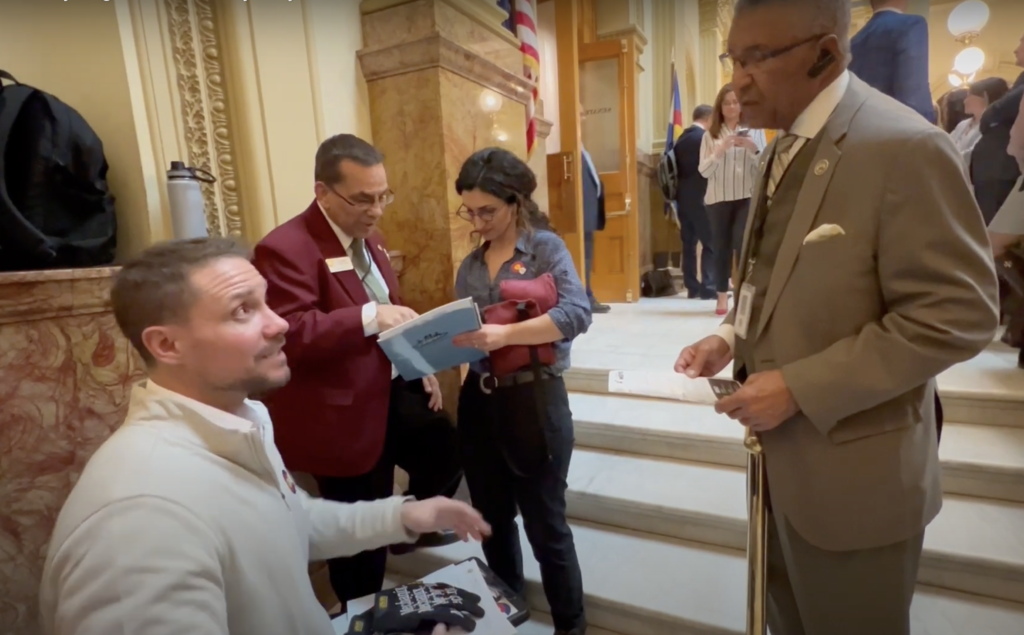
Craig Towler, the Community Organizer for CPWD, and Maria Stepanyan, the Executive Director of CPWD, speak with members of the Colorado Congress on March 1, 2023. Image description: Craig is sitting in his wheelchair speaking to a member of Congress who is wearing a brown suit. Behind them, Maria is looking at a document with a man wearing a burgundy sport coat. They are in the hall of the state capitol.
Another way we stimulate inclusion and move toward a more equitable society is through advocacy work. CPWD not only advocates for the individual but actively participates in systems advocacy level as well. This includes working with legislators and partnering with other organizations to educate and motivate change. In Colorado, there have been multiple bills introduced to the state Congress that address such issues as affordable and accessible housing, insurance to cover prosthetics, and gender-neutral bathrooms. CPWD has attended sessions at the legislature, written to elected officials, and publically shared information about proposed laws that could affect or benefit people with disabilities.
“There are still barriers that exist today,” said Craig Towler, the Community Organizer for CPWD. “It’s going to take active participation from all of us to really create a truly equal and equitable society where we all can live to our fullest potential as humans.”
CPWD is not only a champion of people with disabilities, but following events in recent years, such as increased violence toward the Black community, legislation to limit the rights of the LGBTQ+ community, and COVID-19, we have also become a champion of intersectionality. We promote equality, equity, and access for people with disabilities, and support through action equality, equity, and access for ALL marginalized groups. To demonstrate our commitment to our values and address the current climate of racism and oppression, CPWD created the Inclusion, Diversity & Equity into Action (IDEA) Committee to foster an inclusive environment within our community and take action.
We recognize the power of intersectionality: but acknowledging the same impacts and social challenges among different groups, when progress towards equality and equity takes hold in one area, there is a ripple effect throughout society. Through an intersectionality approach, conditions and systems are more likely to improve for all.
As we move forward from here, we don’t know what the future will bring. We could face economic, racial, and other social challenges, or another global pandemic. Whatever the conditions, we are committed to championing the conversation around equity, equality, and access. We are hopeful that the awareness of intersectionality today is an indicator of a change in perception that will lead to fruitful collaborations, changes in the social and political landscape, and cultural norms that will stimulate an ongoing movement toward greater equality, together.
